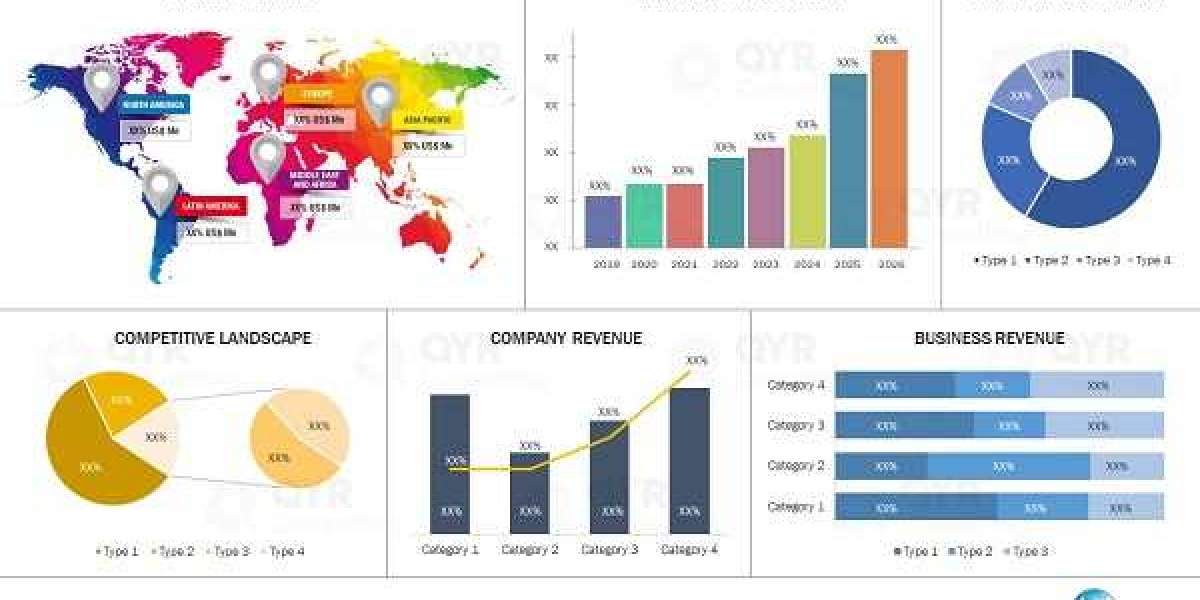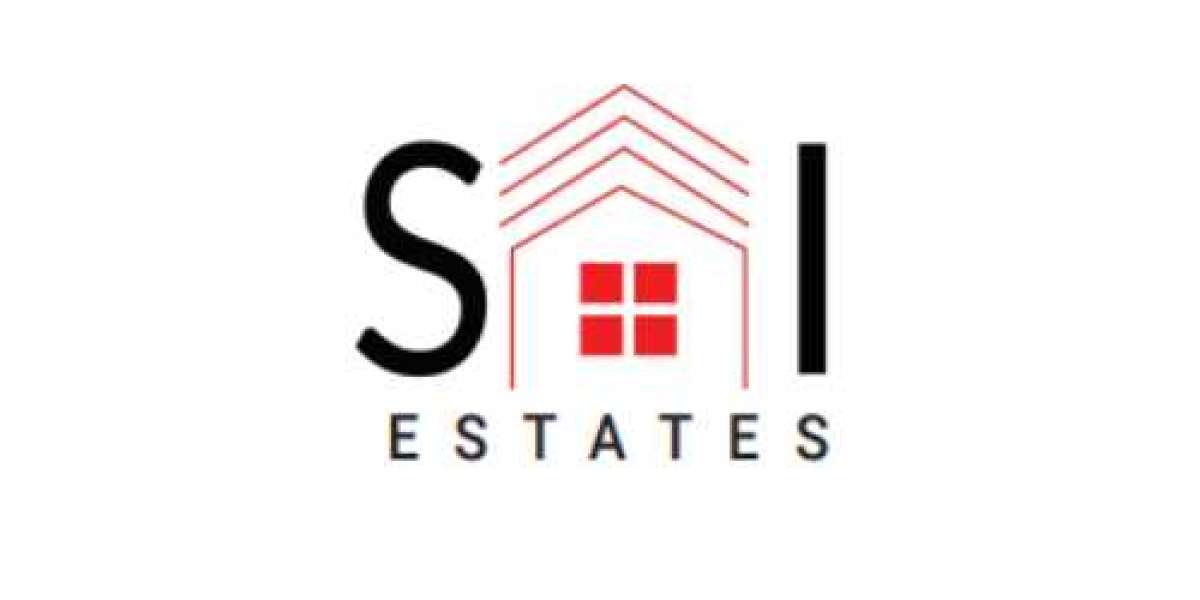SAI ESTATES, your trusted local estate agents, offers expert guidance in buying, selling, and renting properties. Our experienced team understands the local market, providing personalized services to meet your unique needs. Whether you're a first-time buyer or an investor, SAI ESTATES ensures smooth transactions and seamless property management. We offer professional advice, market insights, and negotiation expertise to help you secure the best deals. With a reputation for reliability and customer satisfaction, SAI ESTATES is committed to making your property journey stress-free. Choose us as your local estate agents for exceptional real estate solutions.
Recherche
Messages populaires
-
 Whole Life Insurance vs. Term Life Insurance: Which is Right for You in 2025
Whole Life Insurance vs. Term Life Insurance: Which is Right for You in 2025
-
 Future of 2-Chlorobenzyl Cyanide Market: Emerging Trends & Growth Forecast (2025–2031)
Future of 2-Chlorobenzyl Cyanide Market: Emerging Trends & Growth Forecast (2025–2031)
-
 Ultra-High Performance Concrete Market Overview: Growth, Share, Value, Insights, and Trends
Ultra-High Performance Concrete Market Overview: Growth, Share, Value, Insights, and Trends
-
 Quantum Computing: The Next Technological Revolution
Quantum Computing: The Next Technological Revolution
-
 Expert Law Assignment Help by Digi Assignment Help
Expert Law Assignment Help by Digi Assignment Help






